Explainer: Why is launch of Simorgh and Fakhr-1 breakthrough for Iran's space industry?
By Ivan Kesic
Iran launched three satellites into space on Friday, continuing a long-running successful streak of placing high-tech payloads into orbit and setting new records.
Iran's Simorgh carrier rocket launched a homegrown space tug and two payloads into space from the Imam Khomeini Space Center in central Semnan province.
The Saman-1 space tug, along with the Fakhr-1 CubeSat and an unnamed research payload, was placed in a low Earth orbit (LEO), with an apogee (max. altitude) of 410 kilometers and a perigee (min. altitude) of 300 kilometers.
The Simorgh carrier set a new record for the liftoff of payloads, as the three aforementioned instruments have a combined mass of 300 kg.
It is the second successful launch of Simorgh with a multiple payload this year, while the number of satellites launched into orbit has risen to seven, which also makes 2024 a record year compared to all previous years.
Speaking to Press TV, Ahmad Hosseini Mounes, spokesperson for the Iranian Defense Ministry's Space Division, said Iran has become the ninth country to launch a satellite with its own carrier.
▶️ Ahmad Hosseini Mounes, spokesperson for Iranian Defense Ministry's Space Division, says Iran has become the ninth country to launch a satellite with its own carrier. #IranFirst pic.twitter.com/5JAS08572G
— Iran First (@IranFirst_PTV) December 6, 2024
What is the Fakhr-1 satellite?
One of the payloads launched was Fakhr-1, a communications satellite named in honor of the martyred nuclear scientist Dr. Mohsen Fakhrizadeh.
It belongs to the CubeSat class with a triple-unit (3U) size, or 100x100x340.5 mm, and has a mass of less than 10 kg, classifying it as a nanosatellite.
The satellite was designed, manufactured and prepared for launch by the Islamic Republic of Iran Army and Iran Electronic Industries Company (IEI or Sairan), in partnership with Malek Ashtar University of Technology.
Dr. Moharram Ghiasvand, head of the Sairan Space Group, sent a video message referring to the successful launch of the Fakhr-1 satellite, saying one of the primary goals of this space mission was to validate the multi-payload launch capability of the Simorgh carrier.
Key subsystems used in the Fakhr-1 satellite include the central computer, power and energy management, radio communications, positioning and navigation, and attitude control determination.
Ghiasvand said that most of these components have been indigenously developed by domestic knowledge-based companies and are being launched into space for the first time.
He added that evaluating the performance of these subsystems and related equipment in different space climate conditions, to ensure the ability to support imaging missions and monitor the electromagnetic spectrum is one of the secondary objectives of the launch.
After separation from the carrier rocket and space rug, the satellite successfully transmitted telemetry data, including information from its subsystems and sensors.
During its first 410-kilometer orbit, the Fakhr-1 also correctly received and executed commands from ground stations based in Iran.
Iran has successfully sent a domestically-built space tug into orbit using an indigenously developed satellite launch vehicle.
— Press TV 🔻 (@PressTV) December 7, 2024
Follow Press TV on Telegram: https://t.co/B3zXG73Jym pic.twitter.com/NPHrMpsNWE
What is the Simorgh carrier rocket?
The Simorgh rocket is the largest and most powerful Iranian carrier rocket in terms of dimension and capabilities, developed in 2010 with a mission to carry heavier satellites up to 250 kg into 500 km orbits with a speed of 7,500 m/s.
It is a replacement for the older, first Iranian carrier rocket, Safir, which sent a mock-up satellite into orbit in 2008 and the first Iranian satellite, Omid, a year later.
Simorgh is a three-stage liquid-fueled rocket with a total mass of 87 tons, 27 meters high and 2.5 meters in diameter, whose four engines of the first stage together generate up to 159,000 kilograms of thrust.
The second stage with a diameter of 1.5 meters is similar in dimensions to the older Safir carrier rocket and has four smaller engines, producing a total of 7,000 kg of thrust.
Simorgh's third stage is optional, depending on the payload, and may contain a Saman-1 space tug powered by an Arash-24 engine with a 1,300 kg thrust.
After being unveiled in 2010, its main engines were tested two years later, in 2016 it was tested in a suborbital flight and a year later in an orbital flight.
Along with the first orbital flight, a large launch pad at the Imam Khomeini Space Center in Semnan province was officially opened and was used for all Simorgh launches.
In the first four launches, the first stage engines worked flawlessly, but with problems in the final stages, which have since been resolved and the carrier rocket has been fully operational this year.
In January of this year, Simorgh launched three satellites, Mahda, Keyhan-2 and Hatef-1, with a total mass of around 80 kg, placing them at an apogee of 1,100 km and a perigee of 450 km.
Simorgh is not the last word in Iranian carrier rocket technology, as Sarir and Soroush are under development, with a capacity to launch payloads of 1,000 kg and 15 tons into the LEO, respectively.
The performance of the Simorgh carrier itself has improved over the years, as it was initially able to place 60 kg into a 500 km orbit, which has increased manifold with the most recent launch.
In a milestone for Iran’s space sector, a space tug domestically designed and manufactured by Iranian experts and technicians has been launched into space aboard a homegrown satellite launch vehicle (SLV).
— Press TV 🔻 (@PressTV) December 6, 2024
Read more: https://t.co/IW6StXfPS0 pic.twitter.com/WpOxb4mffZ
What is the Saman-1 space tug?
The Saman-1 space tug or orbital transfer vehicle (OTV) is a type of intermediary spacecraft used to transfer satellites from lower to higher operational orbits, with the goal of reducing costs and avoiding the construction of massive carrier rockets that consume a great amount of fuel.
It can be treated as the third and final stage of the Simorgh, although unlike the first two, the success of the launch does not depend on it, and its engine activation is not necessarily sequential.
After the primary stages place the space tug and its attached satellite into a temporary orbit, known as the parking orbit, the space tug then transfers the satellite from the former to the desired final orbit.
The Saman-1 space tug system is used particularly for transferring small and medium-sized satellites to various orbits, and also has orbital correction capabilities and can enhance injection accuracy and reliability.
It was designed and developed by technicians from the Iranian Space Research Center (ISRC), a subsidiary of the Ministry of Communications and Information Technology.
According to Hassan Salariyeh, director of the ISRC and head of the Iranian Space Agency (ISA), the development program for the space tug at the ISRC was defined as part of the development of communication satellite technology to achieve geostationary orbit (GEO) communications satellites.
The Saman-1 space tug begins its operation in a circular orbit with a 55-degree inclination and delivers the payload to an elliptical orbit with perigees and apogees ranging from 400 to 7000 kilometers, respectively, with a 58-degree inclination.
The ground segment of the Saman program includes telecom command and telemetry stations in the UHF and HF bands, and given the high technology readiness level (TRL) of this technology in the country, it is expected that it will perform its duties effectively.
The four ground stations for this mission are located in Tabriz (west), Mahshahr (north), Mashhad (east), and Qeshm (south), and their construction and equipment processes are nearing completion.
The Saman-1 tug uses the Arash-24 solid fuel engine as its primary propulsion system, capable of producing 1,300 kg of thrust in 40 seconds of burning time. Its mass without fuel is 55 kg, and with fuel is 240 kg.
For its first mission, Saman-1 is tasked with raising a 100 kg satellite from a circular parking orbit at an altitude of 400 km to an elliptical orbit with a perigee of 400 km and an apogee of 700 km.
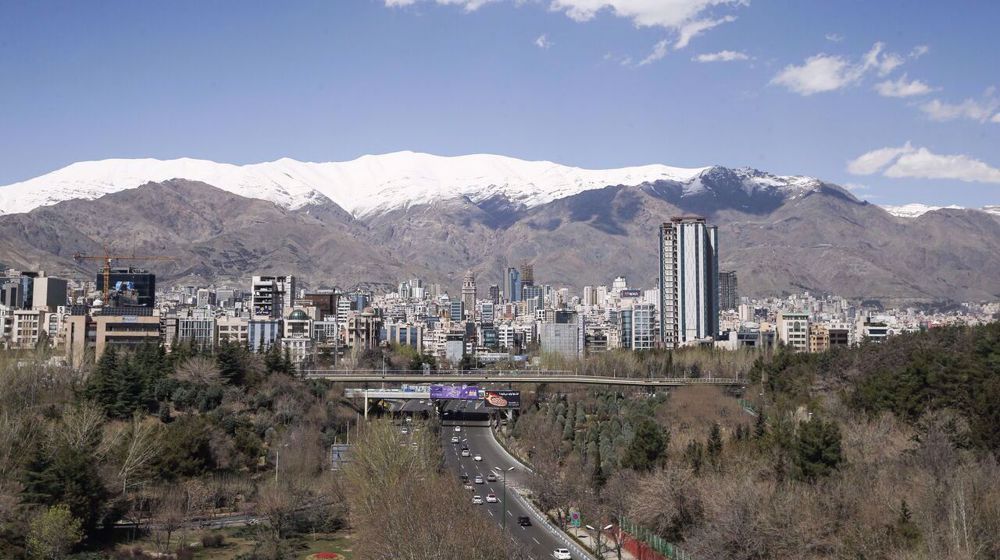
Tehran ranked world’s 3rd capital with cleanest air
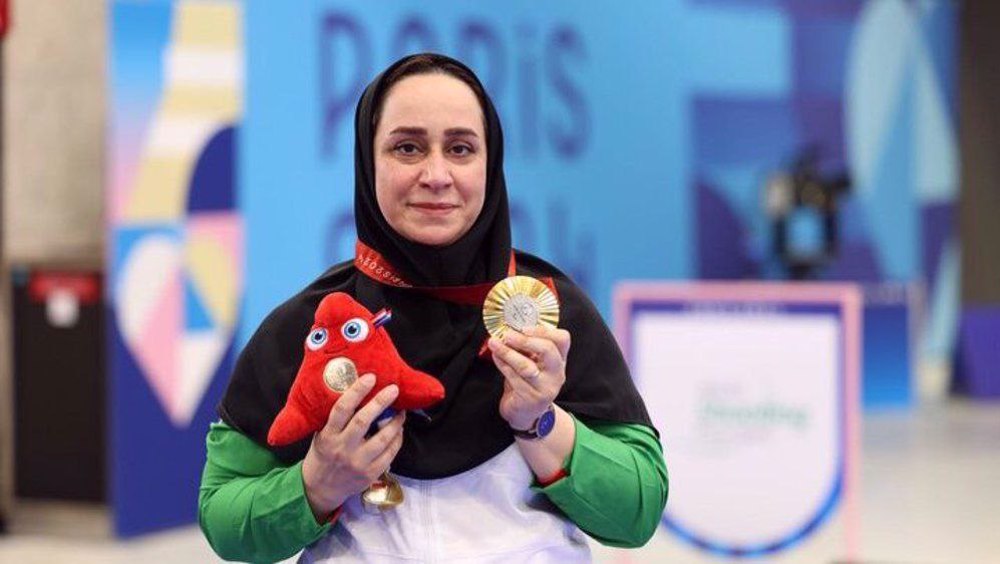
International Paralympic Committee awards Iran for 'development of women's sports'
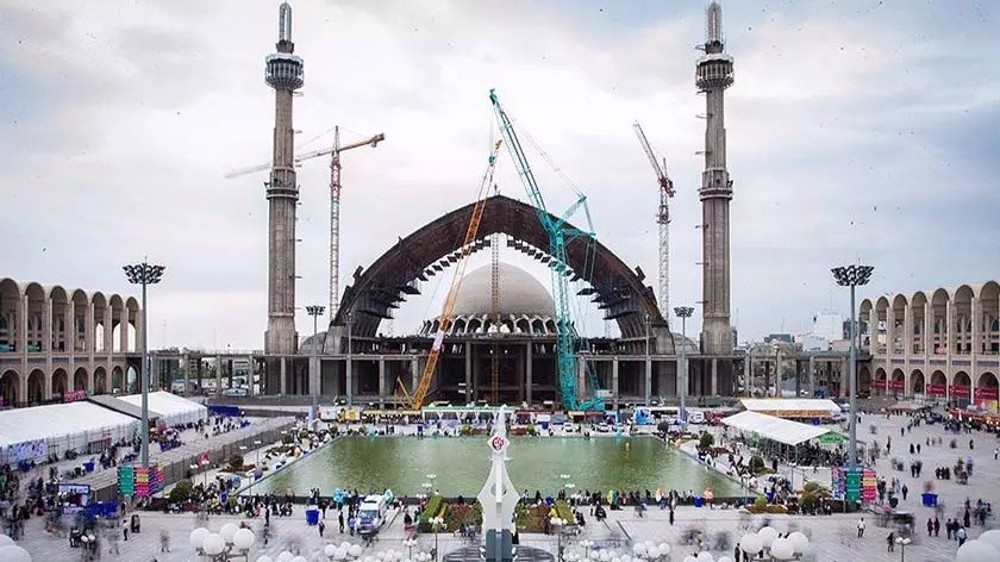
Tehran’s Mosalla to become world’s largest mosque complex
US war machine takes Yemen under 22 new attacks; 16 killed, injured in al-Hudaydah
Americans know extent of Iran’s defensive power; Iran doesn’t trust US, but will test it: FM
Organization of American Historians condemns Israel’s ‘scholasticide’ in Gaza
Iran gains $1.3 billion from its gold import spree: Report
IAEA can resolve remaining issues through independent approach, Iran says
VIDEO | Press TV's news headlines
Military buildup goes against US offer of diplomacy to reach a deal: Araghchi
Israeli soldiers reveal shocking accounts of ‘Perimeter’ crimes in Gaza: Report


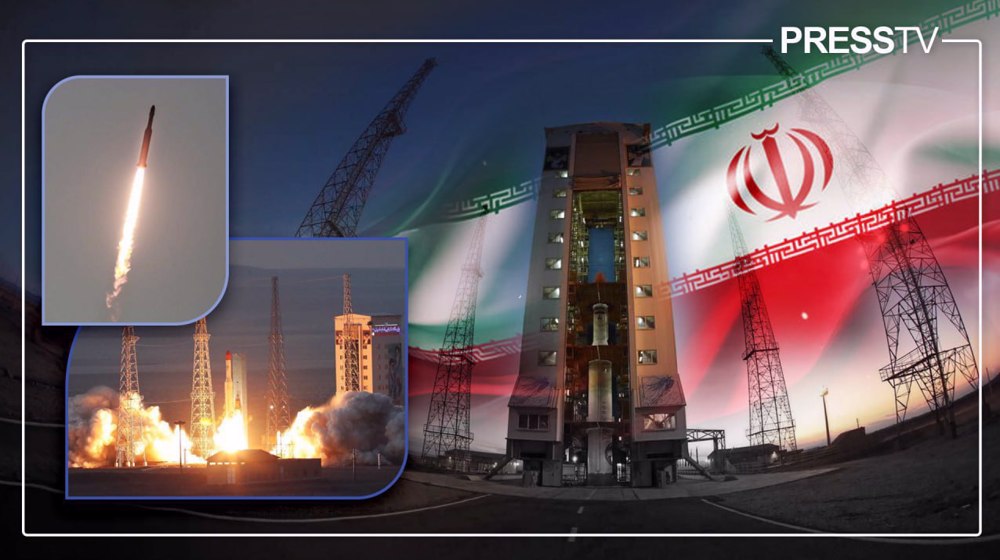



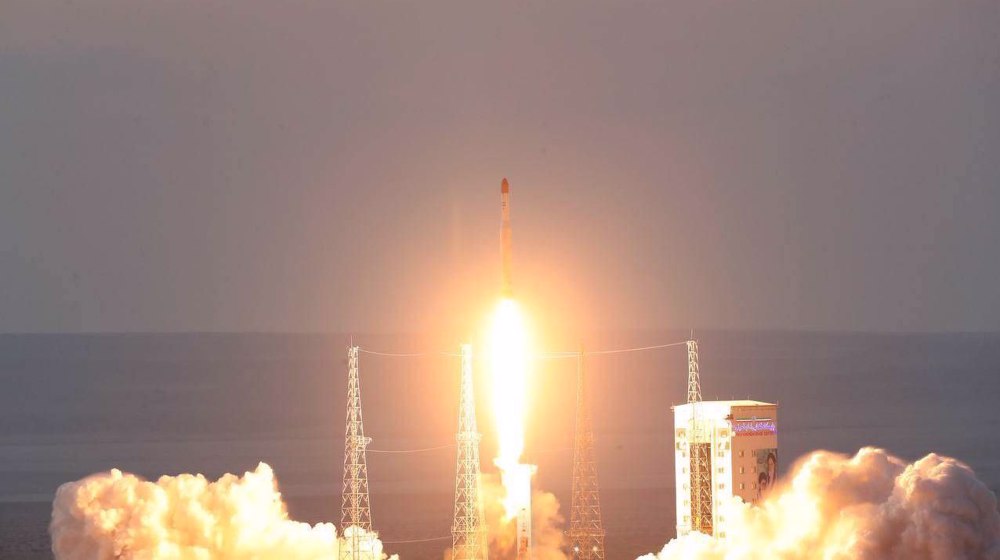
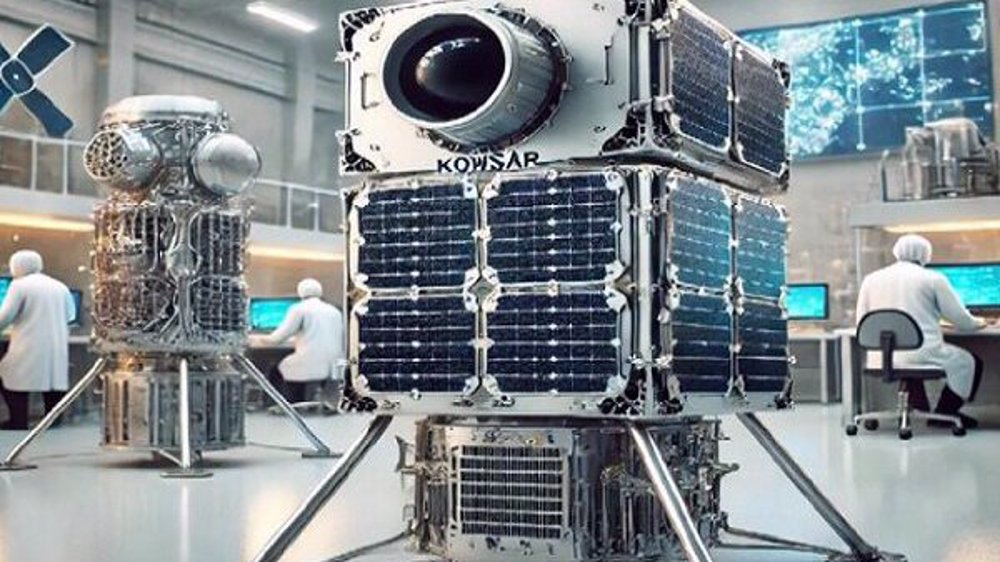
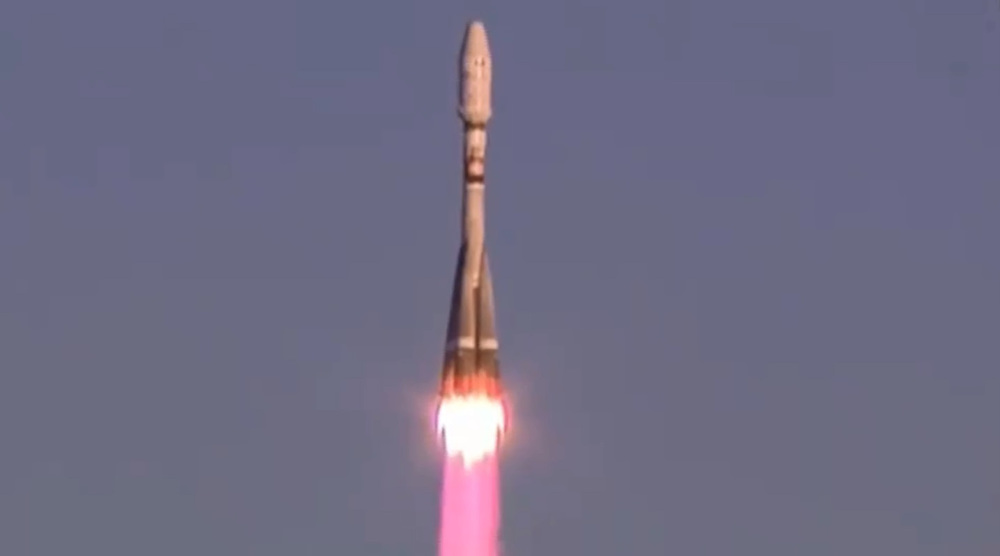
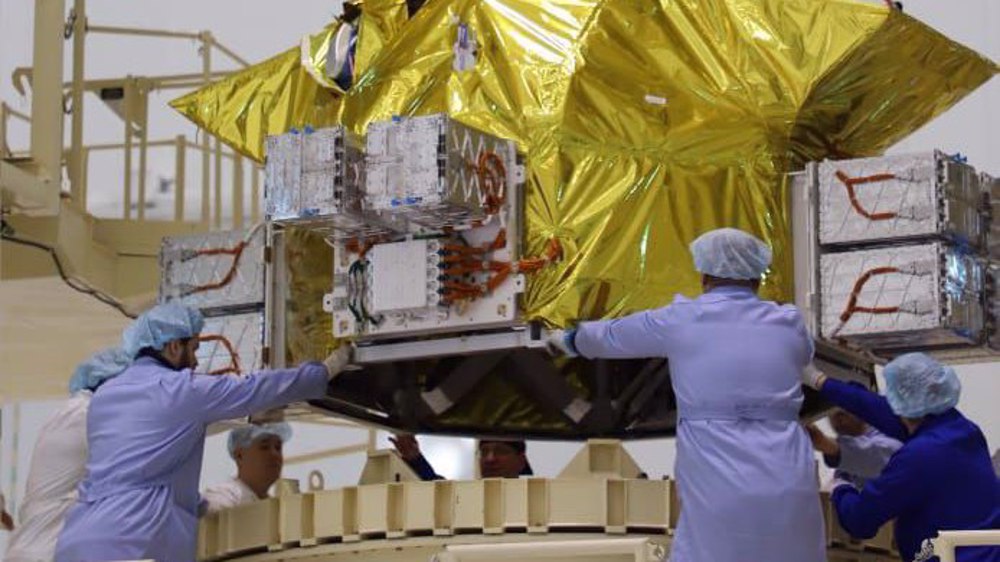


 This makes it easy to access the Press TV website
This makes it easy to access the Press TV website